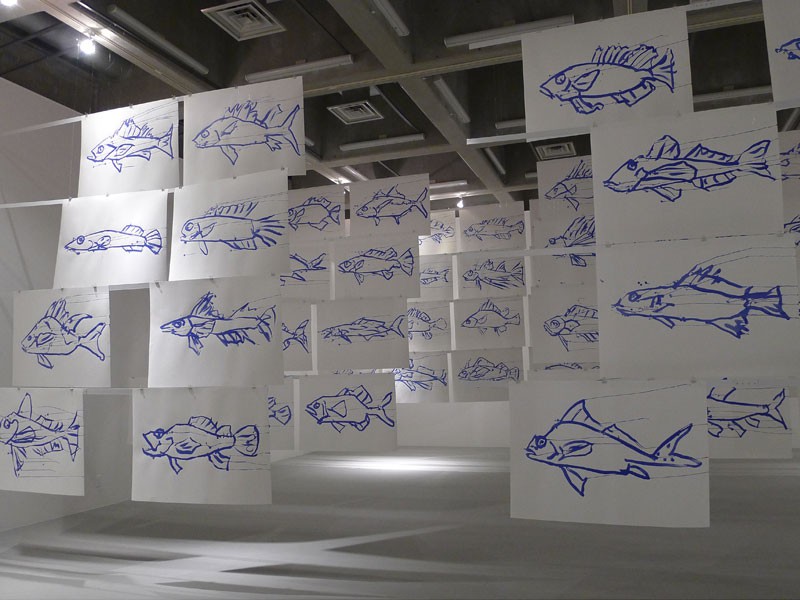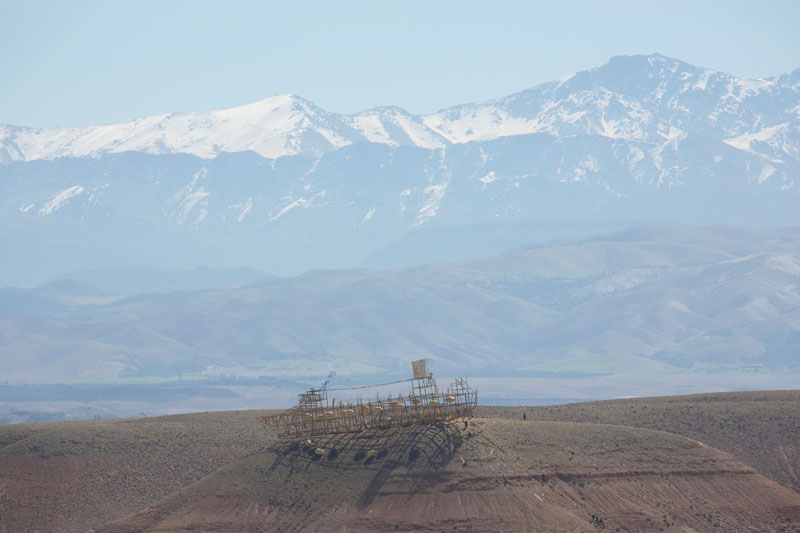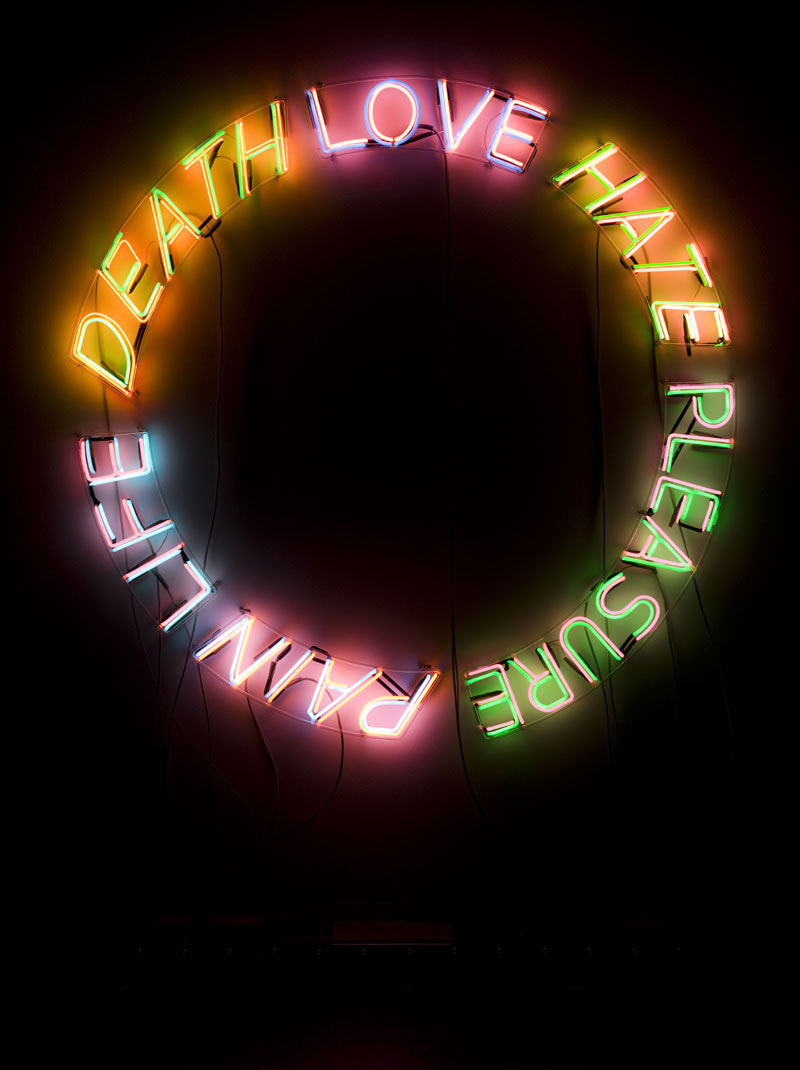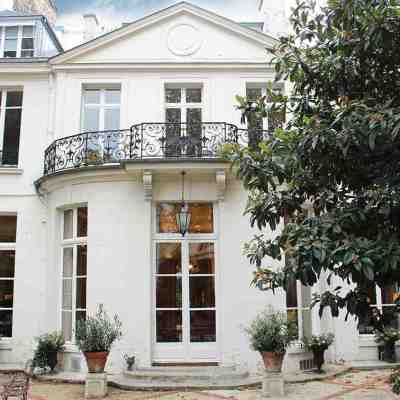From the May issue of Apollo: preview and subscribe here
Broken Futures: The International Exhibition
‘All the World’s Futures’ (9 May–22 November) seems to acknowledge, in its very name, the immensity of the feat that is curating the International Exhibition. But the title’s promise of a magnificent totality is at odds with curator Okwui Enwezor’s insistence that there will be no overarching theme, and it perhaps demands to be read more as a question than a mission statement. Enwezor has conceived the Biennale as a sequence of intersecting ‘filters’ that compel us to look backwards as much as forwards, in a spirit of pensiveness more than of zeal. Surveying the works of 136 international artists in the Central Pavilion and Arsenale, Enwezor’s Biennale will trace ‘shadow histories’ that afford glimpses of European history over the period of the Biennale’s 120-year existence, including histories we may prefer to forget; he has pointedly remarked that ‘uglier periods are hiding in plain sight within the pavilions’.
On offer, then, is a deliberately dissonant and rambling event – a reflection of a contemporary ‘global landscape’ that, according to Enwezor, ‘lies shattered and in disarray’. The selection of artists is suitably eclectic, ranging from the political and canonical (Bruce Nauman; Georg Baselitz), to the modish and predictable (Oscar Murillo), while also delving back in time to singular figures such as Aboriginal landscape painter Emily Kame Kngwarreye or that other great chronicler of the modern rural, Walker Evans. Painting – in scant evidence in previous conceptually driven biennales – is well represented; with Chris Ofili’s inclusion providing a welcome flash of populism amid the more esoteric choices. At the centre of the exhibition, Isaac Julien will be staging a dramatic recital of Marx’s Das Kapital every day of the seven-month Biennale, an act of homage that somehow can’t help but sound subversive. The performance will take place in the ARENA, a svelte auditorium designed by architect David Adjaye (perhaps echoing something of the incongruity of William Morris’s gold-tooled copy of Das Kapital).
This will be an exhibition with no shortage of ambition, but in contrast to its immediate predecessors (Bice Curiger’s ‘ILLUMInations’ and Massimiliano Gioni’s ‘Enyclopedic Palace’), it promises neither enlightenment nor comprehensiveness. Enwezor’s Biennale will assert the impossibility of logical narratives or complete pictures – a radically anti-curatorial gesture from one of the world’s mega-curators. James Cahill
On The Paint Trail
Beyond the Central Pavilion, painting is going to feel like an endangered species in the Giardini this year. It’s appropriate, then, that Adrian Ghenie, one of only a handful of painters being shown in the national pavilions, has taken Darwin as the theme for his exhibition at the Romanian Pavilion. ‘Darwin’s Room’ is accompanied by a lot of puff about evolutionary biology and Social Darwinism, but for me its primary interest will lie in what Ghenie’s canvases say in this context about the capacity of painting itself to survive and adapt. Works like The Arrival and Charles Darwin as a Young Man (both 2014) find a way to reconfigure a punctilious 19th-century European tradition through the thrilling provisional order of gestural painting at its best.
Other major painting shows are being staged in Venice this summer. Among the collateral events, I’ll be interested to see what ‘Land Sea’ at Palazzo Falier (9 May–22 November), which promises to place Sean Scully’s abstracts in the context of Venetian art and architecture, does to this artist’s elegiac palette. Also not to be missed are new works by Peter Doig at the Palazzetto Tito seat of the Fondazione Bevilacqua La Masa (5 May–4 October; see Martin Gayford’s interview with the artist, pp. 44–49, May 2015). Best of all is ‘Paradise’ at Ca’ Pesaro, a major monographic exhibition of the late Cy Twombly’s canvases (6 May–13 September), which includes many private loans and several of the artist’s final works, featuring fiery scrawls and blooms on acidic green backgrounds. Thomas Marks
Female Leads
Since the late 1960s, American artist Joan Jonas has followed an artistic path that defies categorisation. Her interdisciplinary approach, resulting in work that is both probing and inventive, continues in Jonas’s five-gallery project for the US Pavilion at the Venice Biennale. They Come to Us Without a Word is an immersive multimedia installation – incorporating video, drawings, objects and sound – whose focus on landscape and nature owes much to the work of 20th-century Icelandic writer Halldór Laxness. Jonas is now in her 70s, and, given her status as a pioneer of video and performance art, this international recognition feels somewhat overdue.
Installation shot of ‘They Come to Us Without a Word’ by Joan Jonas, at the CCA Kitakyushu, Japan in 2013. Courtesy the artist

More broadly, this year’s Biennale should be a stellar one for women artists. Former YBA Sarah Lucas represents Great Britain in a solo presentation full of her characteristic mix of vulgarity and profundity, while Helen Sear makes her mark as the first woman to represent ‘Wales in Venice’ at Santa Maria Ausiliatrice. The new Australian Pavilion opens with an exhibition by Fiona Hall who, like Sarah Lucas, often transforms everyday objects, in this case to explore issues of globalisation and environmental decay (see interview, pp. 36–37, May 2015). Finally, don’t miss the Biennale’s Special Project, in collaboration with Teatro La Fenice: a production of the opera Norma by Vincenzo Bellini, with specially commissioned staging, set, and costume designs by African-American artist Kara Walker – best-known for her fearless scrutiny of race and sexuality. Imelda Barnard
Satellite Pictures
Among the notable satellite exhibitions during the Biennale is ‘Proportio’ (9 May–22 November), organised by the Axel and May Vervoordt Foundation and the Fondazione Musei Civici di Venezia at the Palazzo Fortuny. In keeping with the venue’s association with decorative and applied arts, ‘Proportio’ will explore the role of universal proportions and systems in art, architecture, science and music. Axel Vervoordt and the Japanese architect Tatsuro Miki have designed five pavilions for the ground floor of the building, each constructed according to a system of ‘sacred’ dimensions, from the Fibonacci sequence to Le Corbusier’s Modulor. The exhibition is an intriguing combination of specially commissioned work by artists such as Marina Abramović and Anish Kapoor, and existing works by others, including Agnes Martin and Sol LeWitt – and also features Egyptian artefacts and a monumental sculpture by Canova.
Rendering of ‘Mist’ by Jaume Plensa in the Basilica of San Giorgio Maggiore, Venice, where it will be installed from 9 May–22 November

Yorkshire Sculpture Park is active in collateral events this year, taking six outdoor sculptures by Ursula von Rydingsvard, in materials including bronze, cedar and resin, to the Giardino della Marinaressa. Meanwhile, Clare Lilley, the park’s programme director, curates works by the Spanish sculptor Jaume Plensa at the Basilica of San Giorgio Maggiore. Fatema Ahmed
Border Patrols
The national pavilions at the Biennale have their roots in the fractured political landscape of the last century, and have – unsurprisingly – been criticised at times over the years by artists and curators eager to see global culture transcend political divides. This year, Iraq’s pavilion at the Ca’ Dandolo offers a pointed mix of local art and international influence. Its showcase of work by five Iraqi artists is curated by the Belgian curator Philippe Van Cauteren, while a display of drawings by Iraqi refugees has been selected by the Chinese dissident artist Ai Weiwei.
Among the collateral events, ‘My East is Your West’, India and Pakistan’s joint venture at the Palazzo Benzon, is a talking point. The collaboration between Rashid Rana (from Lahore) and Shilpa Gupta (from Mumbai) asks ‘how the world would have been different had India and Pakistan not been measured by borders’.
The New York-based Tagore Foundation International seems to wish away national borders altogether in ‘Frontiers Reimagined’ – a presentation of 44 artists from across the globe, championing ‘the intellectual and aesthetic richness that can emerge in today’s globalised art world’. But I’m most interested to see the Antarctic Pavilion at the Fondaco Marcello, which, rather than transcending or effacing existing global divides, simply refocuses the map. Alexander Ponomarev celebrates the inhospitable continent which, since the Antarctic Treaty of 1959 has been protected as a site of transnational scientific research – a unique sort of geographical and cultural blank slate. Maggie Gray
Installation shot of ‘Voice in the Wilderness’ (2013) by Alexander Ponomarev at the Marrakesh Biennale 5, 2014

The 56th International Art Exhibition will run from 9 May–22 November 2015. The exhibition takes place at the Giardini, the Arsenale and in various locations across the city of Venice.






